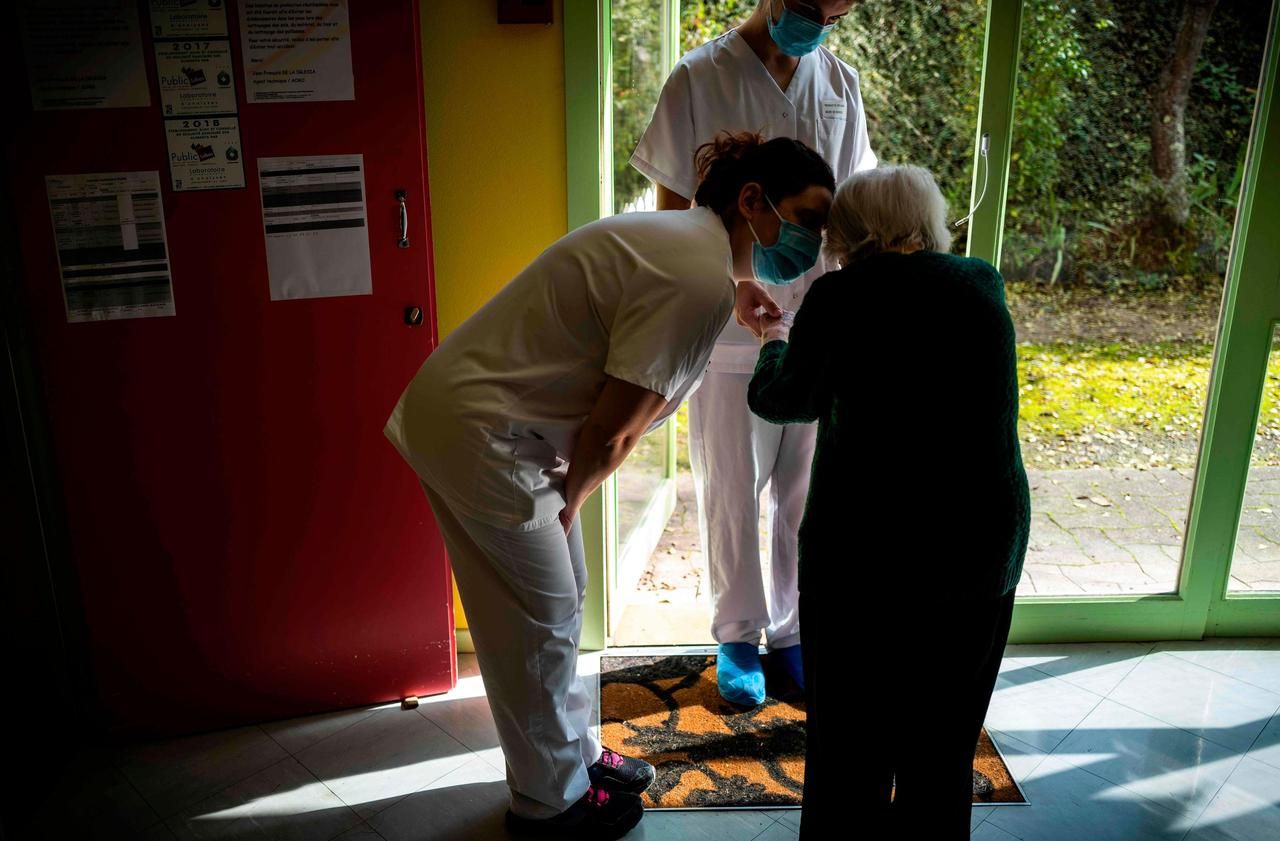The word has become fashionable when we talk about the Covid-19 epidemic in France for six months.
A cluster, which can also be called a focus of infection, is defined by "the occurrence of at least three confirmed or probable cases, in a period of 7 days", within a community or a gathering. , according to the official definition given by Public Health France (SPF).
In its weekly epidemiological update on Thursday, October 15, the health agency classified those identified in France not only by category but also with two new criteria.
We now find the percentage of clusters with a "high" criticality, as well as the number of positive cases per focus.
This is the first time that we have all these details.
Here's what to remember.
Where are the clusters?
As every week, Public Health France tells us the number of clusters by type of community (business, transport, private gathering, etc.).
Of the 1,496 homes "under investigation" as of October 12, the largest battalion is in schools and universities (376).
This is followed by nursing homes (304) and private or public companies which do not appear in any other category (248).
Last week it was 378, 270, and 214, respectively, but a lower total (1,070).
The leading trio therefore remains the same.
The problem is that the number of clusters is “underestimated” because of “viral circulation” currently significant, points out Public Health France.
With more than 20,000 new cases per day on average now, it is impossible in practice to succeed in tracing all the chains of contamination.
The 4,365 clusters identified since May 9 include around 50,000 cases, or only 7.4% of the total over this period.
This is why the assertion of Jean-Luc Mélenchon, according to which “60% of contaminations take place at work or at school or at the university between 8 am and 7 pm”, is unverifiable.
READ ALSO>
Curfew: do 60% of contaminations take place at work and at school between 8 am and 7 pm, as Mélenchon says?
"We cannot deduce, from the frequency of the types of clusters identified, the current modes of transmission of SARS-CoV-2 in the population", insists the agency on October 15, calling for reliance on other criteria, more "relevant".
What is the level of criticality of these clusters?
For each type of community, the health agency provides for the first time in detail the “criticality” of the clusters.
This makes it possible to "help prioritize prevention and control measures," says SPF.
What is "criticality"?
In fact, Public Health France assigns to each cluster a sort of ranking based on six criteria.
Including, in particular, the number of confirmed or probable cases, the ratio of the number of cases compared to the size of the community, whether the place has a vulnerability factor or not, as well as the level of severity of the cases.
If the cluster is poorly rated on at least one of these indicators, it is said to have a "high" criticality, explains the agency in its "guide for the identification and investigation of situations of grouped cases of Covid- 19 ”.
Newsletter - Most of the news
Every morning, the news seen by Le Parisien
I'm registering
Your email address is collected by Le Parisien to enable you to receive our news and commercial offers.
Learn more
In the end, SPF succeeds in establishing, for each type of community, the percentage of high criticality clusters among all those identified since the start of deconfinement.
The nursing homes are well ahead (73%), ahead of “vulnerable communities (travelers, migrants in precarious situations, etc.)” (58%).
No big surprise, since this is where we find the most fragile or risky profiles.
Schools and universities are this time relegated to the ranking, with only 26% of highly critical clusters.
This can be explained, in particular, by the fact that children and young adults have fewer serious forms, that a health protocol is anyway provided for in schools and universities, or that it potentially relates to large numbers.
How many cases per cluster?
The number of cases per outbreak also appears in detail in the epidemiological point of Public Health France.
As we have said, we are talking about a cluster based on three people who test positive.
But some group together several dozen, while others are limited to only three or four cases.
READ ALSO>
Covid-19: the National Assembly facing the risk of becoming a cluster again
It is the “small geographic unit” category that comes first this time, with 40 cases per cluster on average.
This may concern a household identified in a small village, for example.
Prison establishments and schools and universities complete the podium (16% each).
Which may seem logical, since these places often “host” a lot of people and thus risk having many contaminated people.
Nurseries and transport bring up the rear, with “only” 5 cases per cluster on average.
In the subway or the train, it is certainly more complicated to manage to trace the people that a positive individual will have crossed.

